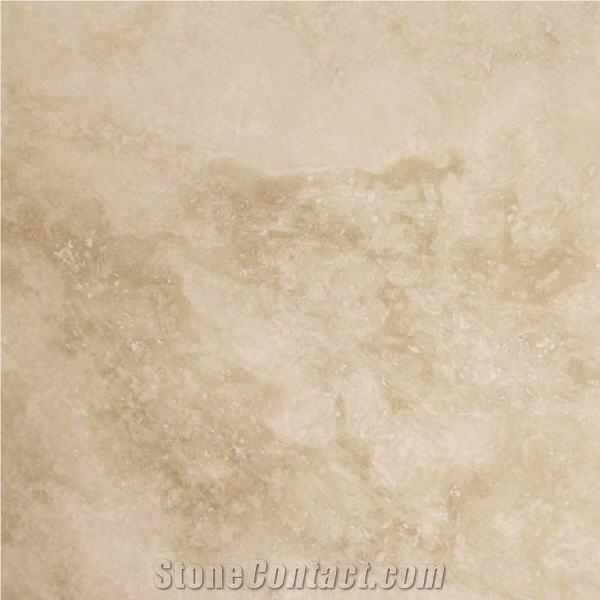Can Libyan Travertine be used exterior applications in very humid climates?
Libyan Travertine can be used for exterior applications in humid climates, but certain factors need to be considered. Travertine is a natural stone that is commonly used for various outdoor projects, including flooring, paving, and cladding.
In humid climates, proper installation and maintenance are crucial to ensure the longevity and performance of the Libyan Travertine. Here are a few things to consider:
1. Sealing: Travertine is a porous material and requires sealing to prevent moisture absorption. A high-quality sealant should be applied to the stone surface to create a protective barrier against water and humidity.
2. Installation: Proper installation techniques are necessary to ensure good drainage and prevent water buildup. This includes using a proper substrate, adequate slope for water runoff, and providing expansion joints to accommodate any movement in the stone.
3. Ventilation: Adequate air circulation is important to reduce humidity levels around the stone. This can be achieved through proper design and ensuring that there are no obstructions blocking airflow.
4. Regular maintenance: Regular cleaning and maintenance are crucial to prevent the growth of mold or mildew in humid conditions. Using a gentle cleaner and a soft brush, and avoiding harsh chemicals, will help maintain the stones appearance.
It is always recommended to consult with a professional installer or stone supplier who can provide specific guidance based on the local climate conditions and the particular project requirements.
Libyan Travertine can be used for exterior applications in humid climates, but certain factors need to be considered. Travertine is a natural stone that is commonly used for various outdoor projects, including flooring, paving, and cladding.
In humid climates, proper installation and maintenance are crucial to ensure the longevity and performance of the Libyan Travertine. Here are a few things to consider:
1. Sealing: Travertine is a porous material and requires sealing to prevent moisture absorption. A high-quality sealant should be applied to the stone surface to create a protective barrier against water and humidity.
2. Installation: Proper installation techniques are necessary to ensure good drainage and prevent water buildup. This includes using a proper substrate, adequate slope for water runoff, and providing expansion joints to accommodate any movement in the stone.
3. Ventilation: Adequate air circulation is important to reduce humidity levels around the stone. This can be achieved through proper design and ensuring that there are no obstructions blocking airflow.
4. Regular maintenance: Regular cleaning and maintenance are crucial to prevent the growth of mold or mildew in humid conditions. Using a gentle cleaner and a soft brush, and avoiding harsh chemicals, will help maintain the stones appearance.
It is always recommended to consult with a professional installer or stone supplier who can provide specific guidance based on the local climate conditions and the particular project requirements.
 Libya
(Western Mountain region in (Mizdah City))
Libya
(Western Mountain region in (Mizdah City))

















